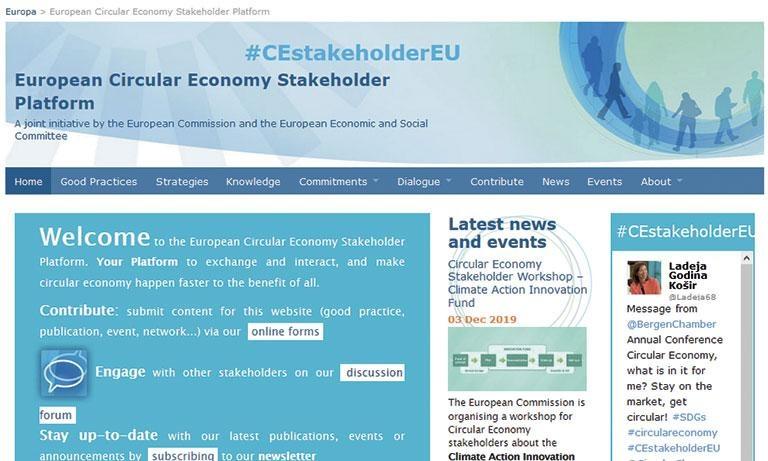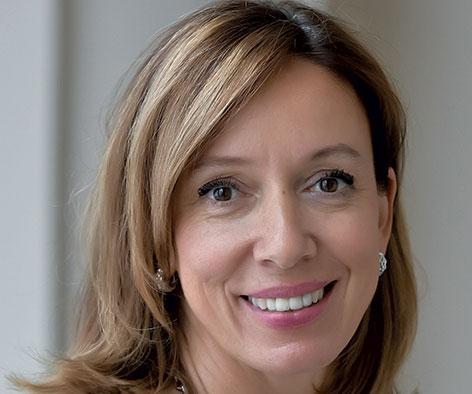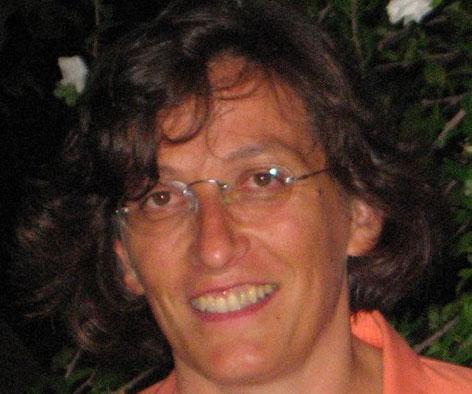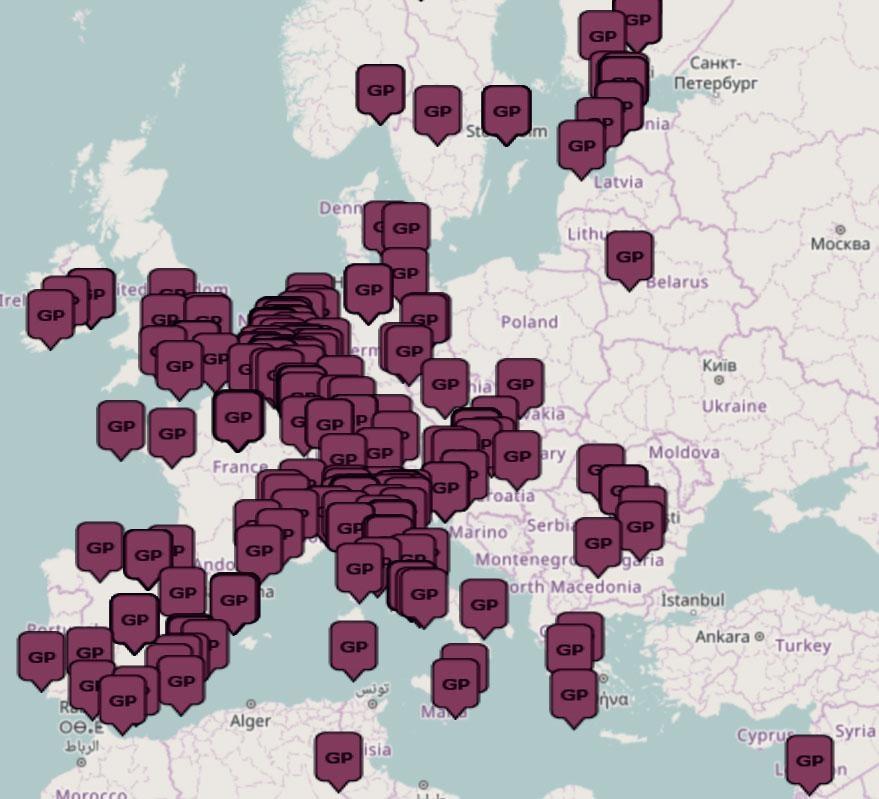
Circular Economy Stakeholder Platform: the ECESP model
di Ladeja Godina Košir, Laura Cutaia
DOI 10.12910/EAI2019-023
The European Circular Economy Stakeholder Platform (ECESP), established in 2017 by the European Economic and Social Committee (EESC) in partnership with the European Commission, contributes to the implementation of the Circular Economy Action Plan (CEAP). It supports civil society organisations and public authorities accelerating the transition to a circular economy across Europe by fostering dialogue, sharing knowledge and exchanging good practices

Ladeja Godina Košir
Executive Director of Circular Change, Reference of ECESP Coordination group

Laura Cutaia
Territorial and Production Systems Sustainability Department, ENEA
The European Circular Economy Stakeholder Platform (ECESP), established in 2017 by the European Economic and Social Committee (EESC) in partnership with the European Commission, contributes to the implementation of the Circular Economy Action Plan (CEAP). ECESP supports civil society organisations and public authorities accelerating the transition to a circular economy across Europe by fostering dialogue, sharing knowledge and exchanging good practices.
ECESP provides a virtual space that brings stakeholders together online, and in person through an annual conference. This Platform is supported by a Coordination Group (CG) – a group of 24 people representing civil society organisations from across Europe, who act as ambassadors for the Platform, with a mandate from 2017-2020. ENEA is an active member of the Coordination Group. CG members range from 13 countries, but drive the conversation on circular economy across Europe. With a view to designing CG activities within an overall strategy, three thematic clusters have been developed: exchanging good practices, fostering dialogue, and sharing knowledge and identifying barriers. The outcomes of the CG's activities are published on the ECESP website (Fig. 1).
Annual Stakeholder Circular Economy conferences have been organised in 2017, 2018 and 2019. These two-day flagship events bring together policymakers and the circular economy community. To shape the ECESP in line with stakeholder expectations and requirements, the 2017 conference launched the European Circular Economy Stakeholder Platform. The subsequent two editions in 2018 and 2019 drew on the expertise of the Coordination Group, with members designing and leading parallel workshops. Each year the events enjoyed an attendance of more than 500 people from Europe and beyond.
ECESP's virtual platform – connecting the dots
Stakeholder engagement is encouraged far beyond the Coordination Group: a website has been set up to serve as a virtual meeting place and conversation space for all members of the Circular Economy community. The idea is to strengthen collective knowledge by learning from each other's good practices and sharing lessons learnt. This is essential for the Platform to produce the results it was asked to deliver by the stakeholders in the Member States.
The Committee has developed and is maintaining the website, creating a body of:
- Good practices: more than 250 examples to provide inspiration and facilitate the exchange of lessons learnt by showing how circular pioneers identify opportunities, overcome barriers, and tackle regulatory challenges.
- Strategies & Roadmaps linking cities, regions and Member State governments in a common effort to implement a Circular Economy
- News & Events keeping the Circular Economy community updated on what is happening across the Member States.
The interactive forum provides an opportunity for the Circular Economy to actively debate and influence the Circular Economy agenda. Using the Twitter handle #CEStakeholderEU, the conversation continues long after a Good Practice is published online.
Mirroring ECESP locally
Inspired by this model, ENEA has been instrumental in creating a mirror platform – ICESP – in Italy, while the Romanian CG member – IRCEM - is busy developing Romania's strategy for a transition to a circular economy 2020 – 2030. Others such as Poland (WRMC), Belgium (OVAM), Slovenia (Circular Change), The Netherlands (Ecopreneur, Circle Economy) and Spain (Ecoembes) are using existing organisations to support the transition by strengthening the reach of existing networks. In France, the Institut National de l'Économie Circulaire (INEC) is mapping circular economy networks in Europe and, together with Orée, will publish a report on European circular economy networks in November 2019, including a global analysis of their dynamics, and their place in the context of national and European policies.
In addition, on the request of, and in consultation with, Coordination Group members, the EESC commissioned two studies in 2019: one mapping circular economy policy in Europe and another reviewing the impact of CE on the fast-moving consumer industry.
At city level, circular activity has shifted into high gear with ACR+ showcasing urban best practices, the Ellen MacArthur C40 Cities Climate Leadership Group and a Circular City Funding Guide due to be launched by the European Investment Bank (ECESP providing input), to name but a few inspiring samples of circular city life.
Geographical spread in Europe
With circular Good Practices flowing into the ECESP website from all over Europe, the map below gives an indication of its geographical spread. Specifically for Italy, ICESP has provided several contributions from different sectors, ranging from textiles, end-of-life tyres, furniture design and sport shoe recycling, to building reconversion (for ex. old military warehouses or industrial plants), paper milling and bioplastics.



